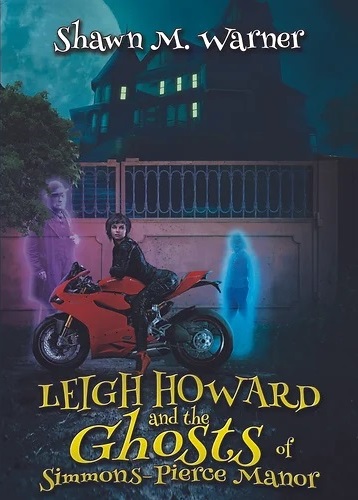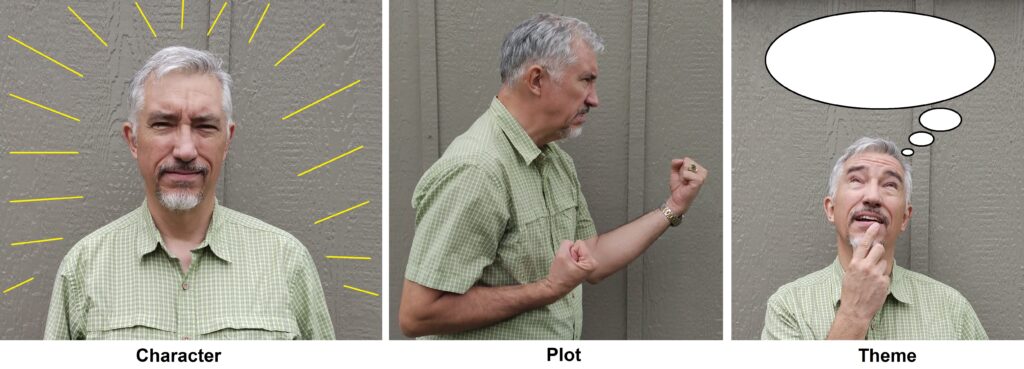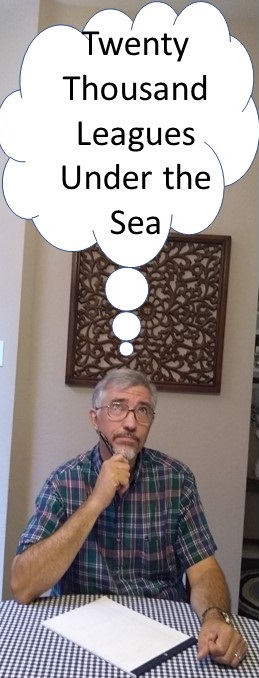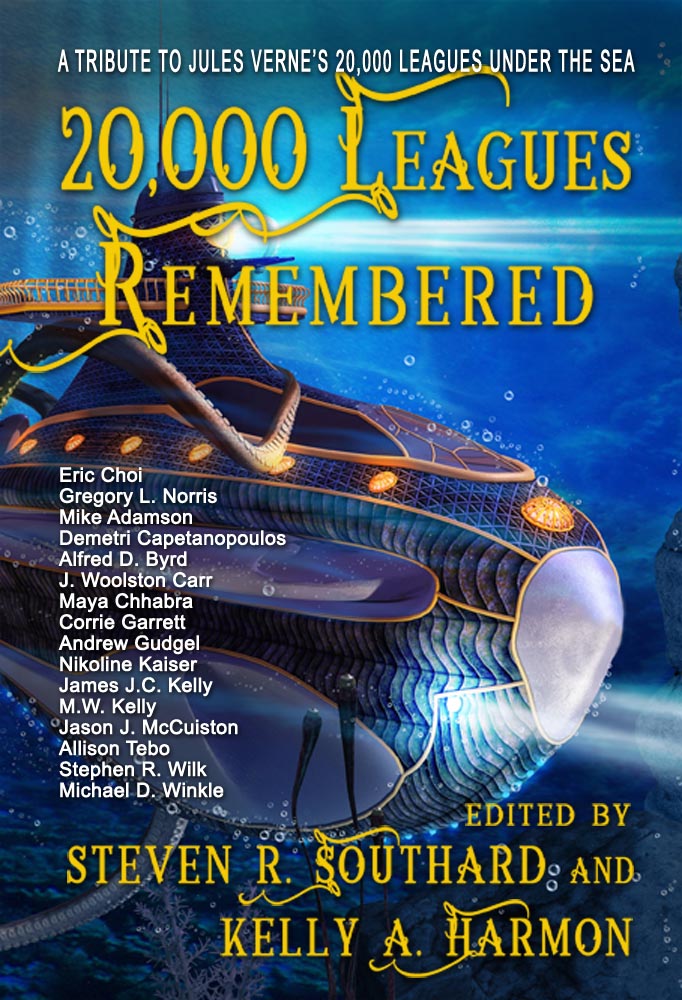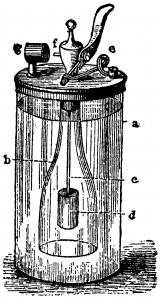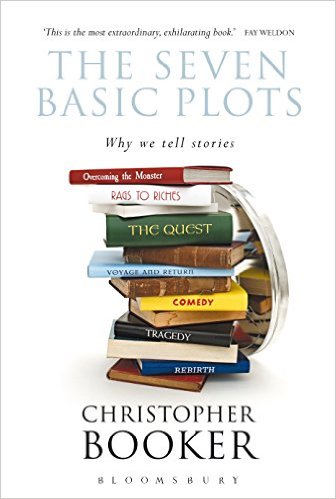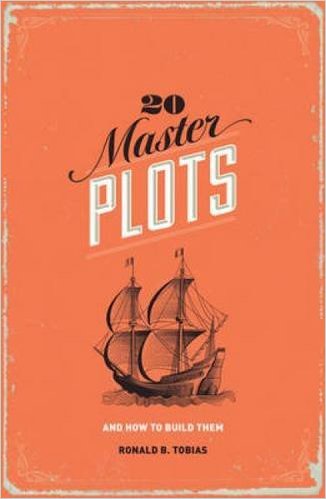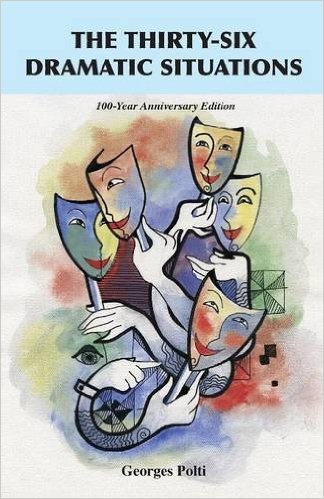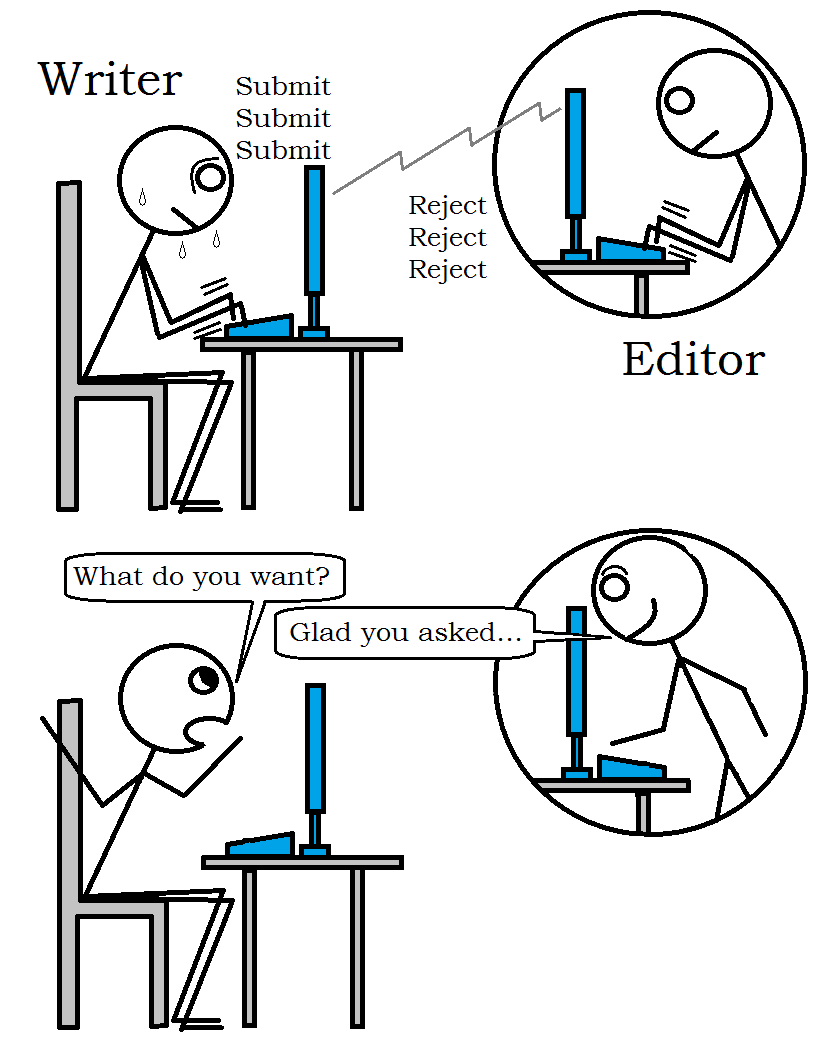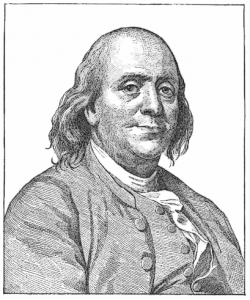In a recent post, I mentioned author Shawn Warner said plot-driven stories are dead. Publishers, he advised, want character-driven stories, so, if you want to sell what you write, do the character-driven kind.

Definitions
What are Character-Driven (C-D) and Plot-Driven (P-D) stories and how are they different? The C-D types focus on the characters—their personalities, thoughts, motivations, changes, and growth. P-D stories emphasize what happens to characters—the events, action, twists, setbacks, and triumphs.
The Spectrum
Don’t think of these as either-or, binary choices. Consider it a spectrum, with C-D on one side and P-D on the other.
At the extreme C-D end, you have stories with clearly defined and memorable characters, to whom nothing happens. People used to say the TV show “Seinfeld” was about nothing. It wasn’t, but that view of “Seinfeld” may help you visualize the far C-D end of the scale.
At the far P-D end, you find stories with non-stop action, but stereotypical, one-dimensional characters who don’t change or learn anything. Think, perhaps, not about the James Bond or Indiana Jones movies, but the knock-off imitators of those franchises, the forgettable TV shows, movies, and books that tried to cash in on that style.
Near the midpoint of the spectrum you’ll find stories with interesting characters and well-constructed plots.
The Bad News
I grew up loving plot-driven stories. I still love them. That’s the type I write, too. Imagine my disappointment upon hearing Shawn Warner tell me P-D stories are dead.
If that experienced author spoke the truth, it left little hope for me. It meant editors and publishers wouldn’t want what I write. By extension, it meant readers didn’t want what I write.
Yet I sensed the truth of his pronouncement. In recent years, I’ve seen the submission calls. “Give us interesting characters we want to care about.” “Make us love your characters.” No fiction market asked for pure action or intricate plots.
Was I a literary dinosaur, writing in a style gone extinct?
Or should I hope for a pendulum shift? Perhaps a fickle reading public will tire of the C-D fad and turn to my P-D stories as the next new thing.
Causes
What’s behind the trend toward C-D stories? Why are readers preferring them and thus causing editors and publishers to shun my beloved P-D stories?
I can’t say for certain. This blogpost by Abbie Emmons claims character-driven stories are more memorable. We retain memories of distinctive characters longer than we do interesting plots. Maybe, though the reverse may be true for me.
Perhaps, instead, the explanation lies elsewhere. Maybe we live in a more introspective age than did readers of previous centuries. Since the advent of psychology, we’ve turned inward, demanding to know what drives characters, what shapes their personalities.
Or consider a related, but different rationale for the C-D trend. Perhaps readers simply tired of plot-driven tales. After the thousandth car chase, gunfight, starship battle, etc., readers needed a break. Maybe plots had become passe, formulaic, and stale.
Dilemma
Where does this leave me, and all other P-D writers? Should we hop on the C-D bandwagon, go where the market demands, and change our style to the character-driven side? Or should we soldier on, writing the stories we love, suffering low sales, praying for the day when trends shift our way again and plot-driven stories predominate once more?
Solution?
Perhaps Goldilocks was on to something. Maybe the middle of the spectrum is ‘just right.’ Aren’t the best stories really those with engaging characters and intriguing plots?
To attain that ideal balance, writers like me must make the effort to lean toward the C-D side. The fact that I begin with plot and then populate the story with characters doesn’t mean the characters can’t be fascinating in their own right.
Further Reading
If you’re confused about C-D and P-D, don’t worry. Just search the internet for ‘character-driven, plot-driven’ and you can read many blogposts giving complete definitions and examples. I like this post by Yves Lummer.
Now you know what the marketplace wants, at least for now. In your writing, lean toward the character-driven side. As for me, perhaps there’s better balance than I thought in the tales written by—
Poseidon’s Scribe


